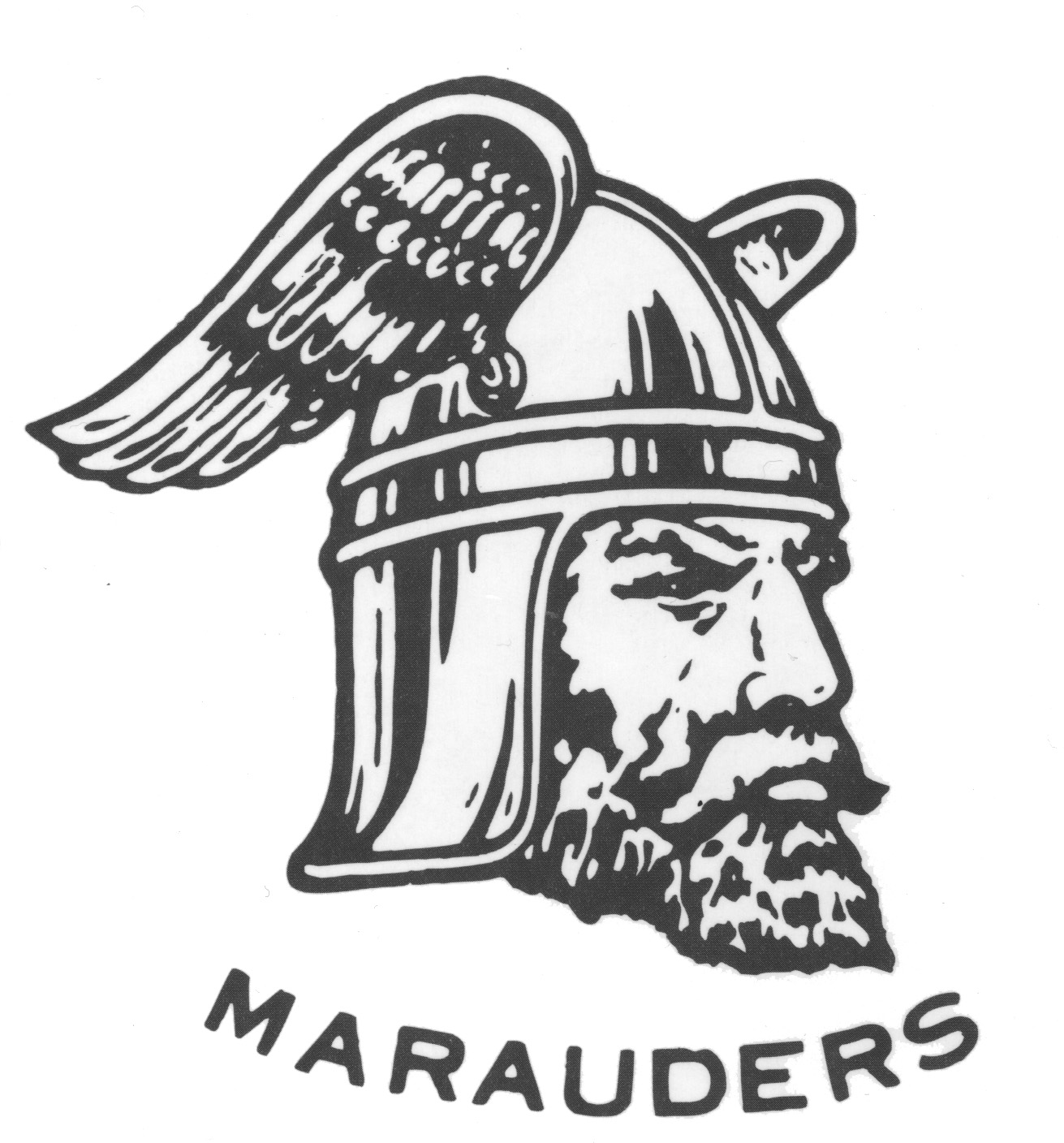
Messi. Ronaldo. LeBron. Jordan. Mahomes.
We know these names. We’ve celebrated and praised these male athletes. But when it comes to women’s sports, there are far fewer female athletes who receive the same recognition and respect. In the rare case that they do achieve fame, they are met with scrutiny and misogyny along the way. Female athletes work just as hard as male athletes. So, why is it that the world of women’s sports is so far behind the world of men’s sports?
Representation of women in sports globally
2024 was an incredible year for women’s sports. Not only did the 2024 Paris Olympics average a record-breaking 30 million viewers each day, but it also marked the first full gender parity in history with 152 women’s events, 157 men’s events, and 20 mixed gender events. Women’s basketball has also exploded this past year- I’m looking at you, Caitlin Clark! – due to factors such as increased media coverage from networks and more investment in the league. 2024 marked the most watched WNBA season in 24 years and the highest attendance at games in 22 years. While women’s sports has certainly undergone positive changes, there are still many barriers preventing girls from playing sports in the first place. According to the Women’s Sports Foundation, by the age of 14, girls drop out of sports at twice the rate of boys and they have 1.3 million fewer opportunities to play high school sports than boys do. Factors like lack of access, social stigma, and safety and transportation issues are all reasons why girls have consistently participated less in sports. Female athletes even face issues when it comes to poorer facilities to practice and and less funding for essential equipment and uniforms. According to Wasserman: The Collective, professionally, female athletes make 21 times less on average than male athletes.
Representation of women in Bay Shore
Within the Bay Shore community, a similar issue of representation arises. Sophomore female athletes Maya Yarborough and Payton Kelly have experienced the gender inequalities within sports at the high school level. Maya plays football, track and field, and flag football—competing on both girls’ and boys’ teams. Payton Kelly plays soccer and track and field, exclusively on girls’ teams.
Female athletes have different needs that are not always understood because of the structure of sports. As a female athlete, Kelly has noticed that women’s teams are coached by men and women, but men’s teams are coached exclusively by men. Medical kits are used on the field for emergencies during games, but these are not tailored for female needs.
“I wish that there were more female coaches since they are more understanding of other female emotions and situations, as opposed to male coaches who don’t know how to deal with situations that pertain to teenage girls,” said Kelly. “I also wish that there would be menstrual hygiene products, as well as hair ties in the medical kits.”
In addition to the misunderstanding of female needs within sports, general interest in boys’ sports vs girls’ sports may stem from the differences in rules between them. Maya Yarborough, who plays both boys football and girls’ flag football, has noticed differences between how male and female teams play.
“I feel like the boys’ sports, they’re a little more entertaining to play, maybe because of the contact, which means they’re probably more entertaining to watch. Like if you watch the stands, because I play both flag football and regular football, there’s way more people in the stands for regular football than flag,” said Yarborough.
While physical differences exist between boys and girls, the lack of contact sports could be a contributing factor as to why girls sports experience a lack of popularity compared to boys.
Haleigh Rock, a math teacher at Bay Shore High school, coaches girls’ field hockey. She has noticed differences between boys and girls’ sports teams, particularly in attendance, an issue that reflects broader societal issues surrounding gender equality.
“There are definitely discrepancies amongst attendance for girls’/boys’ sports which brings to light a much broader issue amongst gender that goes way beyond just sports,” said Rock.
We can make a change
So, what can we do to support women’s sports? What if I told you that the power to do this is in our hands? A way to support women’s sports is simply by doing research and educating yourself on the history and current state of women’s sports.
“The focus should be on how we can better support female athletes and all athletes overall in our school,” said Rock.
It’s imperative for schools to recognize the difference between men and women in sports, while also making steps towards equity between genders. This may require our school to put more effort towards highlighting the female sports teams.
“If we want to increase attendance, specifically at more girls’ sports games, it may be helpful for our school to create a spotlight of ‘Games of the Week’ where one girls’ and one boys’ game a week is highlighted and advertised for students, faculty, and the community to attend,” said Rock.
Streaming women’s sports games is also a way to support, but if you can, physically going to a game is one of the best ways you can help. Ticket sales are the driving force of any professional sports team, and a little of your contributions can go a long way. The more fans in attendance, the more sponsorships a team can get, which leads to more money for the team and higher pay for the players.
It is up to us to ensure that the future generations of female athletes continue to thrive, a goal that is not meant to be achieved by taking away from men’s sports.
“The goal is not to take away from any other sport’s attendance, but really to just increase overall attendance especially at some of the female sports games,” said Rock.




